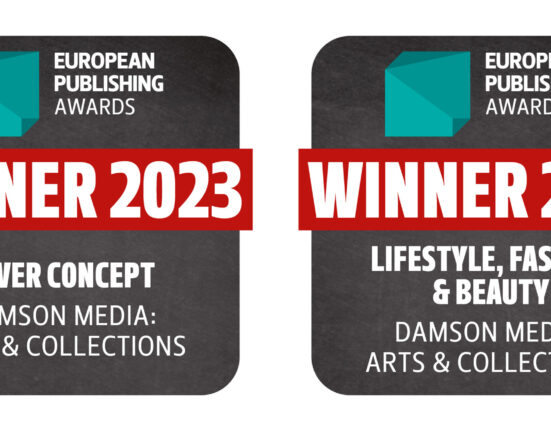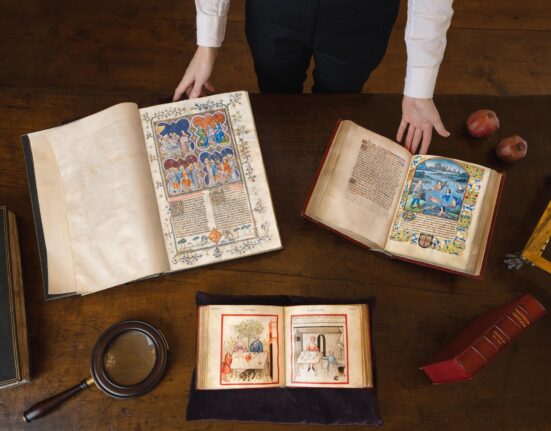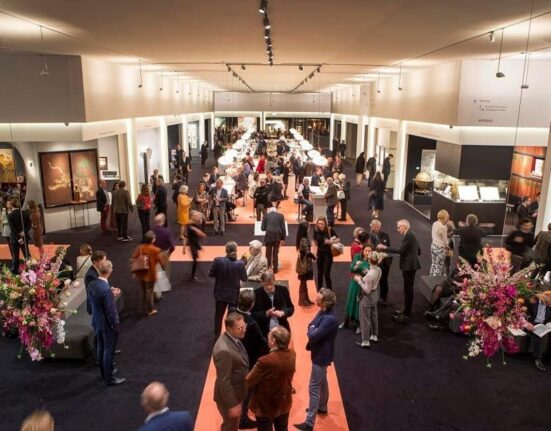A global pandemic, an attempted armed robbery and four leadership changes over three years—it’s fair to say that The European Fine Art Foundation (Tefaf) has faced a few challenges of late. Nevertheless, with its Maastricht event returning to its usual springtime slot in the calendar (11-19 March) following a slimmed-down edition in June last year, organisers behind the world’s leading art and antiques fair brand are excited about the prospect of reinstating its slot.
“It feels like the market is back in full swing with the regular auction and fair season restored,” says Will Korner, Tefaf’s global head of fairs. And visitors, who tend to be both private and institutional, collectors and dealers can expect all the flowers, splendour and museum-quality work that the event has come to be known for, over the past 35 years.
More than 7,000 years of art history is said to be en route to the fair, vetted by an established board of specialists and spanning a broad range of genres and geography—with ceramics, textiles, manuscripts, jewellery and antiquities among the items due to fill the decorative aisles of Maastricht’s Exhibition and Conference Centre. More than 275 galleries will be exhibiting, 13 for the first time, including Galerie Nicolas Bourriaud (France), PKM Gallery (South Korea) and Prahlad Bubbar (UK). And the announcement of objects being brought by galleries suggests that there is still a desire from dealers to hold back their best pieces for the fair. For example, Colnaghi is bringing a 16th-century portrait of a young woman by Alonso Sánchez Coello, offered “in excess of €1m”; a Bactrian sculpture of a princess, around 2200 to 1900BC, is being brought by Galerie Kevorkian with a price tag of between €100,000 and €200,000; and Galerie Le Minotaure is bringing the Anish Kapoor sculpture Place (1985).
Security at the fair will see some changes too, on account of last year’s edition being interrupted by several men—one of whom was said to be armed—attempting to rob a jewellery stand. Bart Drenth, who was appointed the global managing director late last year, says: “Tefaf… continuously reviews security and safety measures at our fairs. Members of the public will see a demonstrable difference in the security at the entrance to the fair in 2023.” Among the “more visible” security measures, Drenth says, will be metal-detecting security gates, widely used by major museums. Visitors will also be asked to leave bags that are larger than a laptop case in the cloakroom or lockers. Drenth adds that Tefaf Maastricht would not give details of specific security strategies as this could compromise security efforts, “but the fair is in strict compliance with professional recommendations and industry standards”.
Further change can be found in the fair’s Showcase section for galleries between three and ten years old, which has been given more space, moving to the spot previously occupied by the Works on Paper section. “We wanted to increase this opportunity for younger galleries this year and going forward. These dealers have been working tremendously hard over the past few years through the pandemic to source artworks and develop and grow their businesses,” says Korner. “We know there are limited opportunities for younger dealers who are more interested in ‘old art’, although of course the section of ten galleries reflects disciplines from across the fair.”
Generation game
A new partnership with The Art Business Conference will also see notable speakers convene on 10 March under the theme Next Generation Collecting.
Outside the fair, Tefaf’s Museum Restoration Fund has announced that it will support the Neue Galerie in New York to restore Town Among Greenery (The Old City III), 1917, by Egon Schiele and enable the Royal Museum of Fine Arts Antwerp, to restore Two Girls as Saints Agnes and Dorothea (around 1650), a work by Michaelina Wautier held by the museum since 1910, but only firmly attributed to the artist in 2003.
All will be looking to see whether the fair’s commitment to consistency and heritage translates to strong sales after a few years of change amid broader economic uncertainty, which has already seen the UK’s fair circuit knocked (notably the cancellation of the Masterpiece London fair). Korner notes that “confidence is high in the market here but of course we cannot ignore what is happening in the UK—60 of our galleries come over from the UK (the same number as France), and so any lack of faith in the market is no advantage to Tefaf, as it of course heavily affects these exhibitors”.







